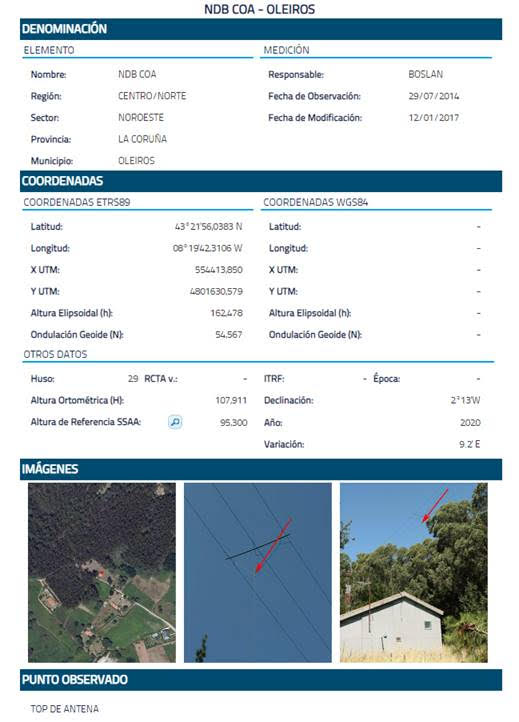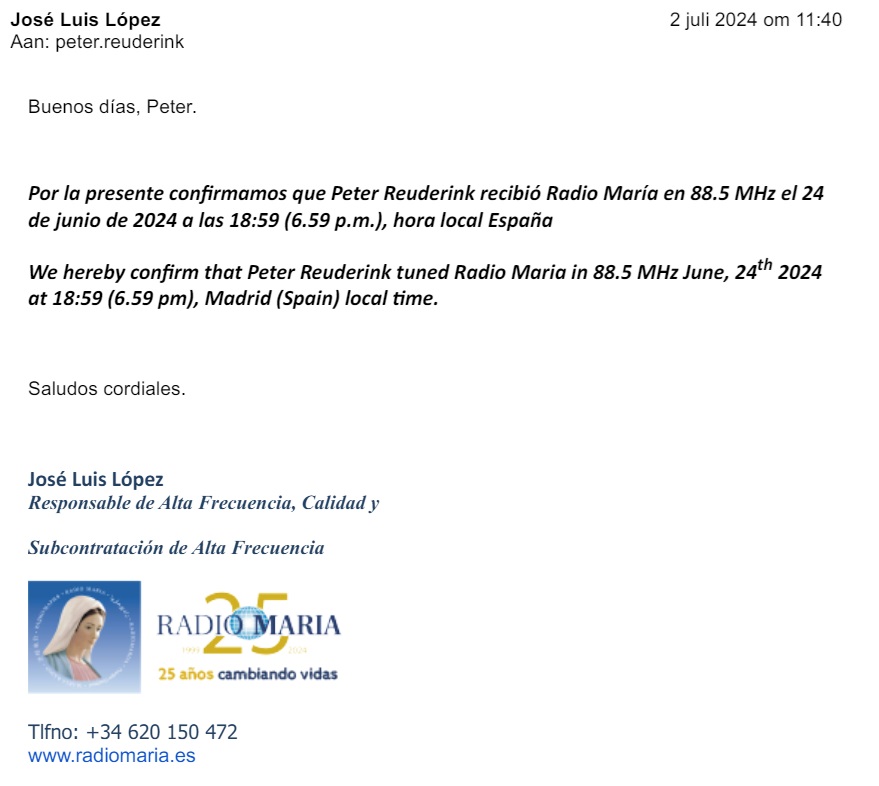Liebe Hörerinnen und Hörer,
Radio Taiwan International plant auch in diesem Jahr Ausstrahlungen des deutschsprachigen Programms von der Sendeanlage in Tamsui.
RTI strahlt dafür am Samstag, 6. Juli, jeweils 10-minütige Testsendungen zu folgenden Zeiten und Frequenzen aus:
Testsendungen: am 06. Juli 2024 (Samstag)
11995 kHz (17:00-17:10 UTC)
9545 kHz (17:30-17:40 UTC)
7250 kHz (17:45-17:55 UTC)
Wir bitten Sie, die Testsendungen zu beobachten und RTI Ihre Empfangsbeobachtungen mitzuteilen: E-Mail: deutsch@rti.org.tw
Aus den oben genannten 3 Frequenzen werden 2 Frequenzen für die Direktausstrahlungen ausgewählt.
Offizielle Sendetermine:
(Eine halbe Stunde auf einer Frequenz von 17:00-17:30 Uhr UTC, eine halbe Stunde auf der zweiten Frequenz von 17:30-18:00 Uhr UTC):
12.07. (Freitag), 13.07. (Samstag), 14.07. (Sonntag)
19.07. (Freitag), 20.07. (Samstag), 21.07. (Sonntag)
26.07. (Freitag), 27.07. (Samstag), 28.07. (Sonntag)
02.08. (Freitag), 03.08. (Samstag), 04.08. (Sonntag)
weitere Informationen und Ankündigen:
https://de.rti.org.tw/radio/programView/id/2001
Mit freundlichen Grüßen
Ihre RTI-Redaktion
deutsch@rti.org.tw



















